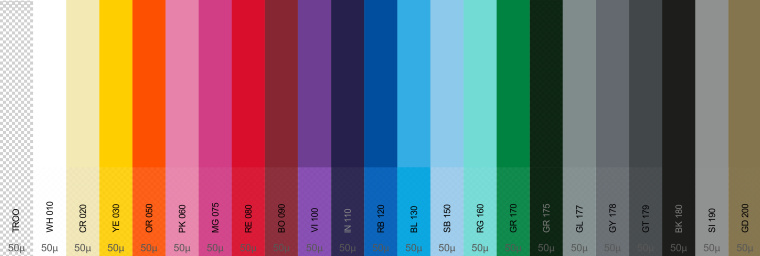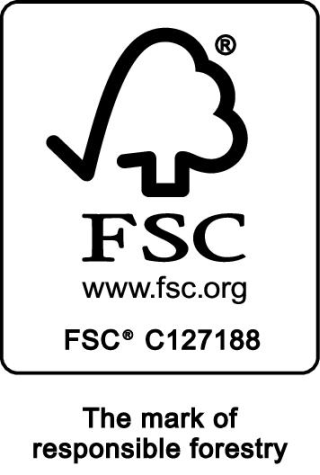Polyethylene and other polyolefins
Polyethylene is a polymer with excellent technological features. It is inexpensive, non-toxic, and can be converted with many technologies: extrusion, mold injection, and blast-forming, among others. In addition to packaging, polyethylene is used in medicine, the automotive industry, for electronics, in kids' toys and many others areas. In essence, polyethylene is the most commonly used plastic in everyday life. It’s derived from a group of polyolefins with the formula (C2H4)nH2 and has a high chemical resistance. It can be recycled easily.
Polyethylene was actually synthesized accidentally, by the German chemist Hans von Pechmann in 1898. The first method for industrial production of polyethylene was created in 1939. Lightweight plastic bags were originally invented by Swedish engineer Sten Gustaf Thulin, who worked for a company called Celloplast of NorrkOping in 1960.
Extrapack uses several types of polyethylene:
LDPE - Low Density Polyethylene
This is the oldest type of polyethylene. It is distinguished by its transparency and smooth, shiny surface. It has a higher extensibility than other types, but lower strength. LDPE foils are soft, difficult to crease and take printing well. This material is used for manufacturing of patch handle and soft loop handle bags and for packaging of different products. Extrapack extrudes LDPE foils with thickness between 18 and 200 μm.MDPE - Medium Density Polyethylene
This polyethylene has a higher strength and hardness than the LDPE, but it remains flexible and can be processed easily, even with higher thickness. It is used for patch handle and soft loop handle bags and it is most often extruded to foils with thickness between 30 and 80 µm.HDPE - High Density Polyethylene
This is the material most commonly used in production of so-called “t-shirt” bags. It has high strength, matte finish and it sparkles when in motion. Extrapack extrudes HDPE foils with thickness between 6 and 150 µm.LLDPE - Linear polyethylene (Linear)
This polyethylene type is used as an additive to LDPE, MDPE and HDPE, as it enhances their strength and facilitates thermal sealing.mPE - Metallocene
This polyethylene is one of the most expensive but offers superior strength. It is produced by means of special metallocene catalysts and is used as an additive for improving the quality of other types of polyethylene.Triolen
Triolen is Extrapack name for films, which is produced from a mixture of special grades LDPE, LLDPE and mPE. It is very strong and often it is preferred material for heavy-duty carrier bags.Recycled polyethylene
Extrapack have own modern recycling equipment on which industrial polyethylene wastage is converted to polymer chips. Separately, the company buys from the market post-consumer recycled polyethylene. From both sources Extrapack manufacture bags and foils with following brands:- Re-LDPE - 40% to 80% recycled LDPE
- Re-HDPE - 40% to 80% recycled HDPE and MDPE










